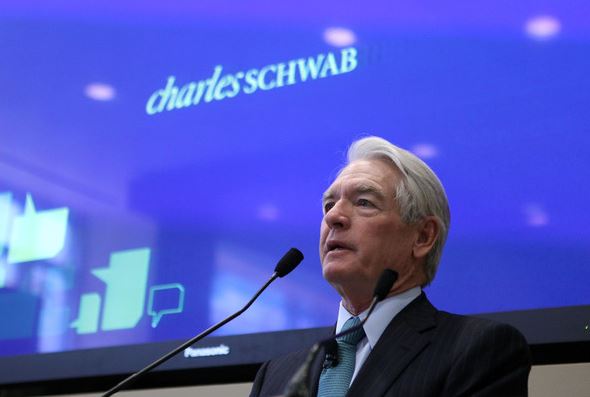Steel magnate Charles M. Schwab had management skills that were way ahead of his time. And one of his most effective management tactics was formulated with a piece of chalk and the number “6.”
During the early 1900s, Schwab wanted to increase the amount of steel his workers produced. But none of his methods worked. Not even threat of firing.

So he devised a simple plan to stimulate good, old-fashioned, healthy competition.
According to Carnegie*’s book “How To Win Friends & Influence People,” the story went something like this:
“This conversation took place at the end of the day just before the night shift came on. Schwab asked the manager for a piece of chalk, then, turning to the nearest man, asked:
‘How many heats did your shift make today?’
‘Six.’
Without another word, Schwab chalked a big figure six on the floor, and walked away. When the night shift came in, they saw the six and asked what it meant. The big boss was in here today the day people said. He asked us how many heats we made, and we told him six. He chalked it down on the floor.
The next morning Schwab walked through the mill again. The night shift had rubbed out six and replaced it with a big seven.
When the day shift reported for work the next morning, they saw a big seven chalked on the floor. So the night shift thought they were better than the day shift did they? Well, they would show the night shift a thing or two. The crew pitched in with enthusiasm, and when they quit that night, they left behind them an enormous, swaggering 10. Things were stepping up.
Shortly this mill, which had been lagging way behind in production, was turning out more work than any other mill in the plant.”
Schwab’s strategy instantly created a rivalry between the day and night shift crew because it’s natural to try to enhance the status of your own team.
“The way to get things done is to stimulate competition,” Schwab told Carnegie.
Many organizations today still follow Schwab’s simple strategic move by posting employees’ quota or quantitative output for everyone in the company to see.
Charles Schwab offers a variety of investment strategies to its clients, including mutual funds, ETFs, separately managed accounts, and model portfolios. They also provide investment advice and guidance through their financial advisors and online resources.
One of the investment strategies that Charles Schwab offers is their “Six-Month Tactical ETF Portfolio.” This strategy involves investing in a diversified portfolio of ETFs that are selected based on market trends and economic conditions. The portfolio is rebalanced every six months to adjust for changes in the market and economic environment.
The strategy aims to provide investors with exposure to different asset classes, such as equities, fixed income, and commodities, while also seeking to minimize risk through diversification and tactical allocation. It is designed to be a long-term investment approach that can help investors achieve their financial goals.
It’s important to note that any investment strategy comes with risks, and past performance is not a guarantee of future results. It’s always a good idea to consult with a financial advisor before making any investment decisions, including using Charles Schwab’s investment strategies.
*Dale Breckenridge Carnegie (originally Carnagey until 1922 and possibly somewhat later) (November 24, 1888 – November 1, 1955) was an American writer and lecturer and the developer of famous courses in self-improvement, salesmanship, corporate training, public speaking and interpersonal skills. Born in poverty on a farm in Missouri, he was the author of How to Win Friends and Influence People, first published in 1936, a massive bestseller that remains popular today. He also wrote a biography of Abraham Lincoln, titled Lincoln the Unknown, as well as several other books.Carnegie was an early proponent of what is now called responsibility assumption, although this only appears minutely in his written work. One of the core ideas in his books is that it is possible to change other people’s behavior by changing one’s reaction to them.
